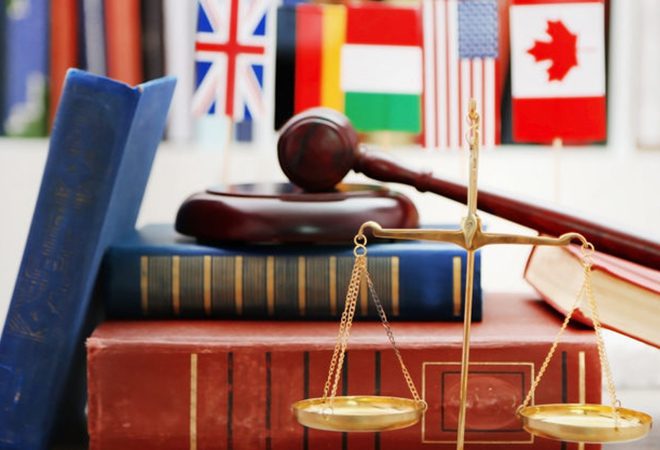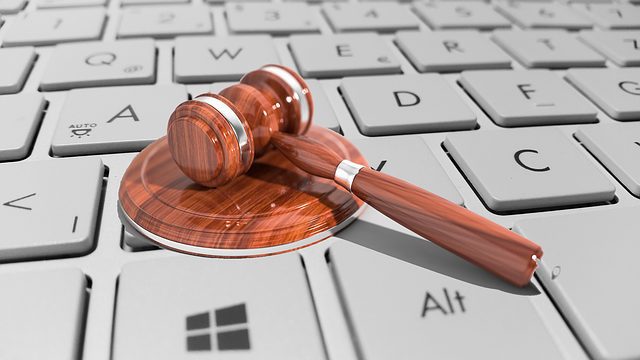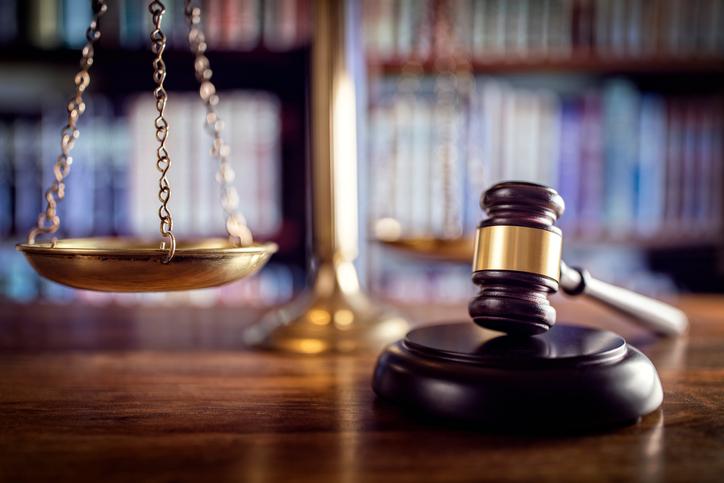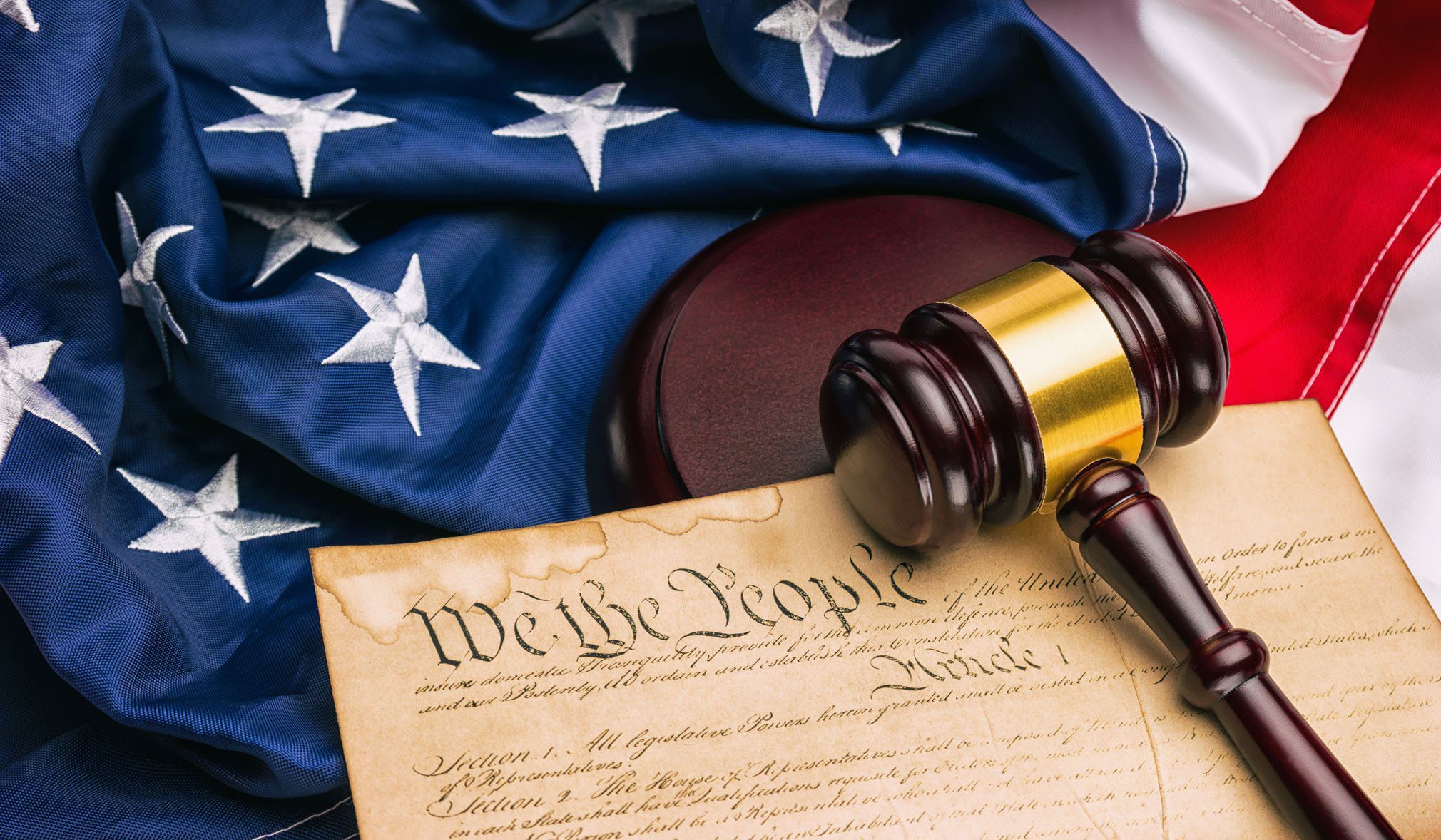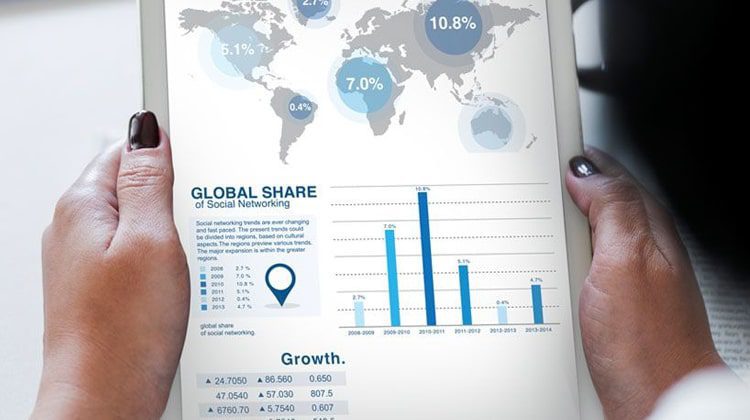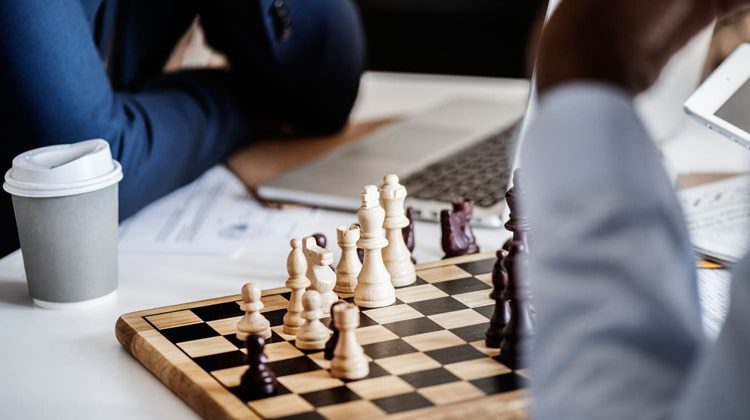Trademarks are types of legal rights obtained by owners of tangible assets to enable them to register their unique identities. A trademark is an exclusive form of personal property comprising a unique sign, symbol, or phrase that identifies specific goods or services of a certain source from those of others. This right was first recognized in common law and is one of the foundations of property law, because it enables owners of exclusive property to control their sources of livelihood. In United States, it is often difficult for individuals to obtain protection in the marketplace against infringement of their trademarks, and thus they generally resort to the services of trademark attorneys. Such attorneys will be familiar with the various laws and procedures that are related to the registration and protection of trademarks in the market.
Trademarks can be secured through numerous means; Many countries establish systems of government-to-government trade deals that include registrations of trademarks at international level. These systems often come into being as a result of trade accords between countries. In the case of Madrid Agreement, for example, the European Union and Spain brought about a system of registration and protection of trademarks in the European Economic Community. Other states also make available similar systems, including that of the American Patent and Trademark Office (herein referred to as USPTO).
The main purpose of these systems: is to make it easier for the registration and protection of trademarks. It must be remembered that a trademark does not consist merely of a word or a set of words. Rather, it is an expression or a logo that signifies a unique product or service. Thus, if you want to protect your distinctive brand, you should ensure that your trademark provides information that others cannot readily copy. If anyone uses your mark without your authorization, you could be held liable for legal damages.
In addition to providing unique visual identification; trademarks provide valuable information about the physical nature of the products and services that they are associated with. As such, a trademark helps consumers distinguish one item from another. According to the ITC revising conference of the World Intellectual Property Organization (WIPO), a trademark is considered to be a symbol that gives prominence to a product or service, so that buyers will be able to distinguish between the products and services offered by you and those of your competitors. A golden arches symbol, for instance, could be considered to be a trademark if people can associate the mark with your business. While this may seem obvious on the one hand, it is important for businesses to distinguish between a symbol that has practical utility and one that has no such utility.
Unlike paintings and other visual forms of artistic expression; which are protected from undue interference under the law, trademarks do not have an inherent aesthetic value. In fact, just the mere act of registering a trademark does not mean that people will be prohibited from using your mark in the future. While a court may sometimes invalidate an otherwise legally valid trademark registration due to competitor exploitation of the symbol, such an action would be viewed as unjustified and inconsistent with the ITC revising conference’s wishes regarding IPRs.
While there is no legal definition for the term “trademark,” the IPRs which it refers to have been established by the courts and consistently have been subject to consistent interpretations by the courts. The three steps to obtain federal protection for trademarks include: filing the application in the designated international Trademark Office, paying the required fees, and waiting for the examination date in the country where your goods are to be marketed. There is no nationwide registration process for trademarks, nor is there a requirement that your trademarks are horizontally or vertically represented. As an example, a McDonald’s trademark, which is commonly used across many countries, would likely fail a trademark examination in the US simply because McDonald’s is a global business. Another example, a mark that is often used to identify a particular computer application would also fail a US trademark examination if that mark was generic. Because the term “trademark” refers to a legal term, it does not necessarily follow that you are granted protection from rival uses of your mark, but merely gives you the right to use the mark in commerce to protect your legal rights in the transactions related to those particular goods or services.
-
Previous Post
Why Register a Trademark?


